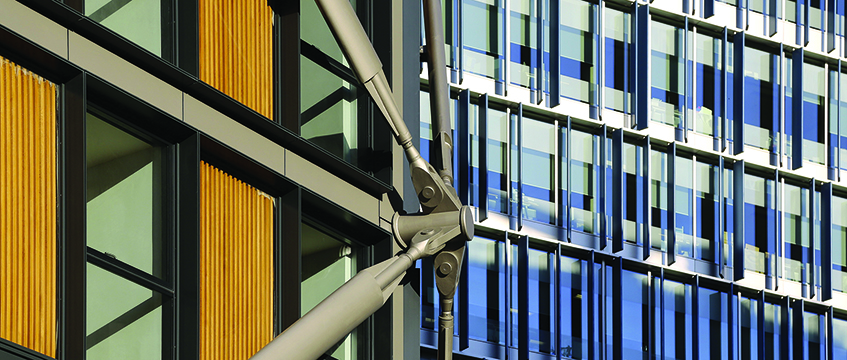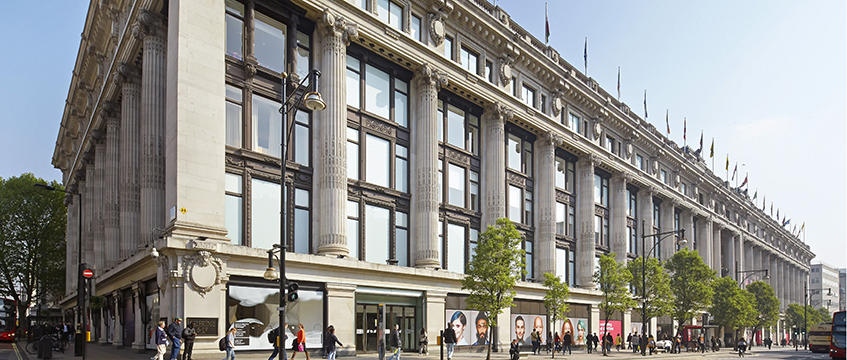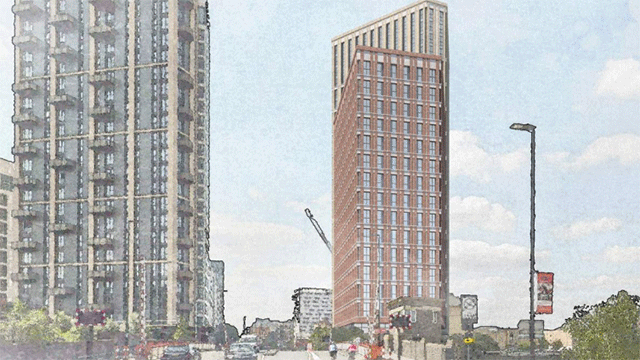Residents of a luxury development near the Tate Modern have resoundingly lost a lawsuit they brought against the gallery over a viewing platform they say has turned their homes into a “public exhibit”.
Judges at the Court of Appeal in London ruled today that the gallery had not caused a “nuisance” to them by building the platform and allowing hundreds of thousands of people to look into their homes.
Last year, High Court judge Mr Justice Mann rejected their claim, ruling that, by living in homes with floor-to-ceiling windows, residents of multi-million-pound flats at Neo Bankside on Holland Street, SE1, had created a “self-induced incentive to gaze”.
However, five of the residents – Giles Duncan Fearn, Gerald Kraftman, Ian McFadyen, Helen McFadyen and Lindsay Urquhart – took their case to the Court of Appeal, where they had hoped to secure an injunction restricting use of the viewing platform.
Today the Court of Appeal also rejected their arguments.
Before handing down the judgment Sir Terence Etherton, the Master of the Rolls, read out an explanatory statement.
“The appellant claimed that by allowing visitors to overlook their flats, the Tate had committed the tort of nuisance, and sought an injunction against the Tate to close the part of the viewing gallery which gives views into their flats,” he said.
“The Court of Appeal has dismissed the appeal on the basis that overlooking does not fall within the tort of nuisance. Over the hundreds of years that the tort of nuisance has existed, there has never been a reported case in this country which has found that overlooking by a neighbour constituted a nuisance.
“On the contrary, courts have recognised that, subject to planning permission being given, an owner of land may create windows which overlook a neighbour’s property.”
He said there are other laws that protect privacy. “Parliament has created legislation in this area and is better able to weigh up the competing interests of the landowners than the courts.”
Natasha Rees, partner and head of property litigation at Forsters, who acted for the five residents, said her clients were very disappointed to have “lost on a ground raised by the Court of Appeal”.
She said: “This is not a case of ‘mere overlooking’ but a situation that can clearly be distinguished from the type of overlooking experienced between residential or commercial flats and houses, a fact that was accepted by the first instance judge. My clients are considering an appeal.”
The viewing platform, part of an extension to Tate Modern named the “Blavatnik Building”, has been open to the public since June 2016. The walkway on the 10th floor offers panoramic views of London but also allows people to stare right into the adjacent Neo Bankside flats.
The residents say that, from a significant part of the viewing platform, there is “little to view apart from Neo Bankside”, which means that visitors inevitably have their eyes drawn to their luxury homes.
According to their written particulars of claim, “when the viewing platform is open to the public, a near constant stream of visitors subject the claimants’ flats (and other flats in Neo Bankside) to prolonged, and a high degree of, visual scrutiny”.
This, they argued, includes use of binoculars or phones or cameras with zoom lenses, with resulting photographs or films posted on social media sites.
They claim that they and their families are subjected to near-constant “surveillance” when they are in their flats, turning them into “something akin to a public exhibit”.
In court today the judge refused the owners permission to appeal to the Supreme Court. Even so, the case may not end here. They can directly ask the Supreme Court to consider the case, but only on points of law.
James Souter, a partner at Charles Russell Speechlys, who was not involved in the case, pointed out that, although the Court of Appeal and the High Court have both rejected the residents’ case, they had different reasons.
“Last year the High Court made its ground-breaking decision that overlooking can constitute a nuisance in some instances, but that, in the circumstances, the Tate was not at fault,” he said.
“However, on balance, the High Court had found that particularly as the claimants’ exposure was self-induced and they could adapt their homes to prevent the overlooking – by using net curtains – the Tate’s viewing platform was not unreasonable in the circumstances.”
Today’s ruling, he said, changes this.
“Today, the Court of Appeal has confirmed that mere overlooking cannot constitute a nuisance” he said.
“Much had been made of the judge’s suggestion that the apartment owners had submitted themselves to the nuisance by choosing to live in central London and could have used net curtains to protect themselves. The Court of Appeal disagreed on both counts and so whilst at face value the decision isn’t of huge interest, it is legally significant.
“The Court of Appeal refused leave to appeal to the Supreme Court but given the way the judgment was set out, there must be a good chance of this one going further. For now, however, this decision marks the end of the possibility of overlooking nuisance claims less than a year after their ‘creation’. It’s back to business as usual.”











